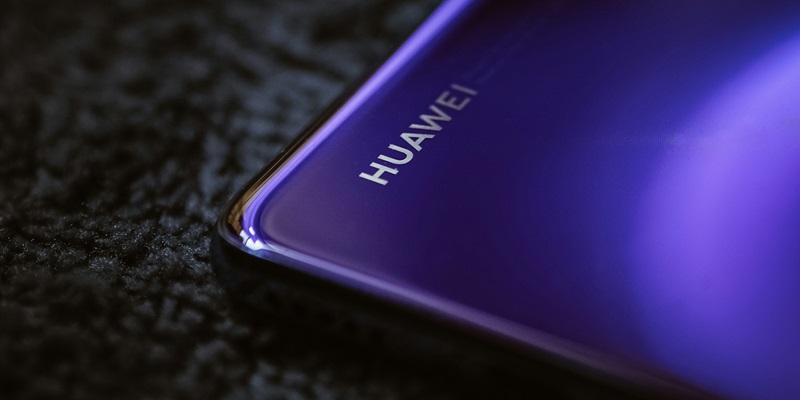In 2018, the Huawei Mate 20 Pro was a beacon of innovation in the smartphone market, with advanced features and a sleek design that set it apart from industry titans like Apple and Samsung. Marketed as a high-end phone, it was Huawei’s standard-bearer, cementing the company’s status in the tech world. As time rolled on, new models from various brands have emerged, introducing an array of technological advancements that have shifted consumer focus away from the Mate 20 Pro. Moreover, Huawei has faced significant geopolitical challenges that have influenced its global market presence and the accessibility of its products. These factors have inevitably altered the Mate 20 Pro’s position in the smartphone hierarchy. Now, with the passage of years, the once cutting-edge device has become overshadowed, standing as a testament to the rapid evolution of the mobile technology industry and the unpredictable impacts of international politics on tech companies.
Price Depreciation
Understanding the Price Trends
Upon its release, the Huawei Mate 20 Pro, priced at €1,049, epitomized cutting-edge technology within the smartphone market. This high-end device catered to consumers seeking the latest features and top performance. However, the passage of time devalues tech products as newer models emerge with superior capabilities, leading to a decrease in the older models’ market demand and worth. For the Mate 20 Pro, this depreciation has been exacerbated by external factors beyond the tech cycle. Notably, Huawei has faced sanctions from entities such as the U.S. government, curtailing its access to vital technology and affecting consumer confidence. This has accelerated the rate at which Huawei’s products, including the Mate 20 Pro, have declined in value. Consequently, the smartphone that once commanded a premium price now sells for considerably less, illustrating the dynamic and often unpredictable nature of the tech industry, where innovation and geopolitics can greatly influence a product’s economic lifespan.
The Second-Hand Market Dynamics
As mobile technology evolves, flagship phones like the Huawei Mate 20 Pro transition into the secondary market realm. The device, once a high-end model with a matching price tag, has seen its value decrease over time. Now, as a pre-owned or refurbished product, the Mate 20 Pro becomes a more affordable option for consumers looking for quality at a lower price.
This shift is not uniform, as the Mate 20 Pro’s worth depends on various factors, such as its condition, available storage, and how much it’s in demand in different regions. This variation in market price makes it a particularly attractive buy for those savvy shoppers looking to capitalize on a feature-rich smartphone without breaking the bank.
In summary, the Mate 20 Pro retains its appeal due to its capabilities, and now, with a significantly reduced price in the second-hand market, it presents an excellent opportunity for budget-conscious tech enthusiasts to get their hands on a formerly top-tier device.
Features and User Considerations
Evaluating the Device’s Relevance
Even with the rapid advancements in smartphone technology, the Huawei Mate 20 Pro holds its own as a top-tier device for many consumers. Its standout features, such as the Leica triple camera system, remain impressive, offering users the ability to take high-quality photographs. The built-in fingerprint sensor under the display is another highlight, offering a blend of utility and sophistication that feels contemporary.
Although its Kirin 980 processor isn’t the newest on the market, it has enough muscle to handle daily tasks without a hitch. Consumers considering the Mate 20 Pro today must assess its offerings against the backdrop of newer devices, which may boast more recent technology and ongoing software updates. It’s a delicate balance between the enduring appeal of the Mate 20 Pro’s established capabilities and the allure of the latest devices with their cutting-edge innovations and improved support. The Mate 20 Pro remains a noteworthy option, nonetheless, for those who value its particular blend of features and performance.
Software Support and Ecosystem Challenges
When considering the Huawei Mate 20 Pro today, the most crucial aspect for potential purchasers is its software support in the wake of the U.S. trade restrictions. These sanctions have resulted in Huawei’s loss of access to Google services, which is a critical issue for those reliant on Google’s extensive app ecosystem. Despite this, the Mate 20 Pro continues to receive updates for its own operating system, EMUI. The absence of Google apps may deter some buyers, but for those not heavily dependent on Google, the Mate 20 Pro still presents a compelling choice due to its advanced features such as its pioneering reverse wireless charging and exceptional build quality. The phone thus caters to a niche audience that prioritizes top-tier hardware and is able to make do without the usual Google apps or find suitable alternatives. Its lasting appeal is a testament to its strong hardware capabilities and the innovative technology it introduced at the time of its release.

